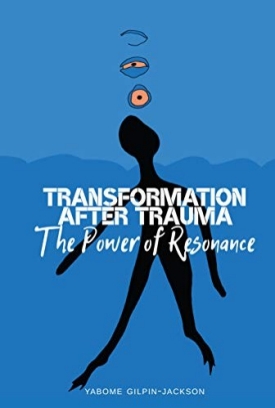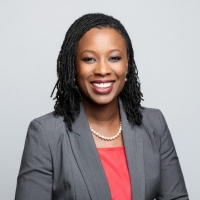- What is the social justice issue that keeps you up at night?
The earlier chapters have covered ways in which these issues may be addressed at an individual level. However, social trauma requires an additional level of work for transformation to unfold. Wounds that have been acquired socially, must also be addressed, healed and progressed from socially. As Sandra Bloom aptly states it: “By the Crowd They Have Been Broken, By the Crowd They Shall Be Healed.”[i] Bloom reminds us that the social transformation of trauma is as old as every traditional ritual or healing practice. She reminds us through the words of Herman that “While there is no way to compensate for an atrocity, there is a way to transcend it, by making it a gift to others. The trauma is redeemed only when it becomes the sources of a survivor’s mission.” Remember the themes of transformation described by the participants of my research? They all said the same thing in different words. For them, the social transformation of their trauma and working to ensure that others do not experience the trauma they had was essential to their post-war transformation.
Earl Hopper expressed the challenge and need for social transformation of trauma this way:
The basic assumptions of traumatized societies are likely to be perpetuated across the generations, recapitulated by macro-social systems and by their component micro-social systems, and vice versa. Based on projective and introjective identifications and other forms of interaction and communication between parents and children, teachers and students etc., these processes occur within the foundation matrices of contextual social systems. In order for people to break these vicious circles and cycles of equivalence, adequate and authentic mourning and reparation are necessary. Yet people rarely have or take opportunities for such work.[ii]
The message and implications are not only that social transformation of trauma is required, but that it must be done adequately and authentically for meaningful outcomes.
In recent times, we have seen systems set-up to attend to this fundamental need for social healing such as: the Nuremberg Trials for the Holocaust, The Truth and Reconciliation Commissions in South Africa, Sierra Leone, and Canada, Apartheid museums in South Africa and genocide memorials in Rwanda. Other forms of social transformation of trauma include self-organizing of those affected or impacted by trauma for mutual support as well as education and advocacy. An example of this would be Mothers Against Drunk Drivers (MADD) or support/advocacy groups of war widows or veteran’s groups. Furthermore, public policy, law enforcement and the justice system may serve as avenues for social transformation of trauma when seen as fair and equitable.
Resonance in community healing
[NOTE: Resonance is defined as our own personal stories that deeply connect us to identity and purpose]
Resonance creates an opening for transformation at the community level as much as it does at the individual level. For those of you who do group work and have experienced those moments of coherence, alignment and collective action, you know that usually occurs when a new narrative emerges that allows the group to align to purpose. In the context of social trauma, this point of resonance requires healing work to occur first. Community healing is not easy or simple. The historical context of some social traumas as noted can be debilitating and hinder progress as trauma continues to be transferred generationally. For example, an African-Canadian recently found the registry listing of an ancestral grandparent in an ancestry search. The ancestral grandparent was merely a child and her listing included the name of her ‘owner.’ The reaction of the present-day grandchild was visceral anger and she expressed that all she wanted to do was find the slave owners descendants and tell them about their slave-owning past. The double-bind here is that awareness is absolutely necessary before any kind of community healing and transformative change can occur. As one of the proponents of transformative learning has written: “critical reflection’s focus on illuminating power relationships and hegemonic assumptions can be the death of the transformative impulse, inducing an energy-sapping, radical pessimism concerning the possibility of structural change.”[iii]
So how do you resolve this hurt, pain and need for justice at a community and societal level? How do you help communities where perpetrators and victims must co-exist going forward? This is no easy or simple work. I often argue that in the life cycle of social change and community development, the initial points of pain and passion that fuel the need to name and focus on differences and injustice are needed, but become counterproductive at a tipping point where transformation and development are possible. Transformation requires openness on all sides and the willingness of all parties to engage in a process of healing and reconciliation—ultimately the exercise of human love in spite of the existence of great harm, pain and injustice. While processes to arrive here may defer, all these processes fundamentally require:
- Openness and trust
- Transformational listening
- Shared meaning-making about the past, present and future
- Forgiveness and reconciliation
- Joint community action to sustain transformations.
Resonance may be applied both as part of the journey to healing and after healing has occurred and a community has stabilized and is resilient. Communities may ask themselves about the stories and narrative depictions of their past when they were unified, or when they experienced reconciliation and forgiveness. Sharing these will unlock the power of resonance back to those times, that may then propel them forward.



